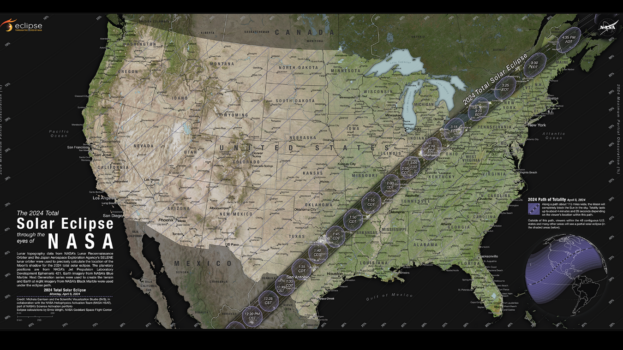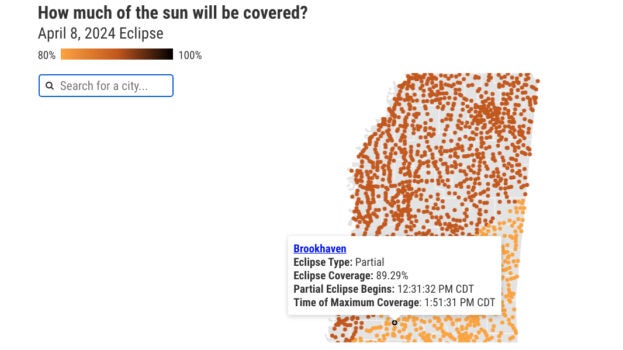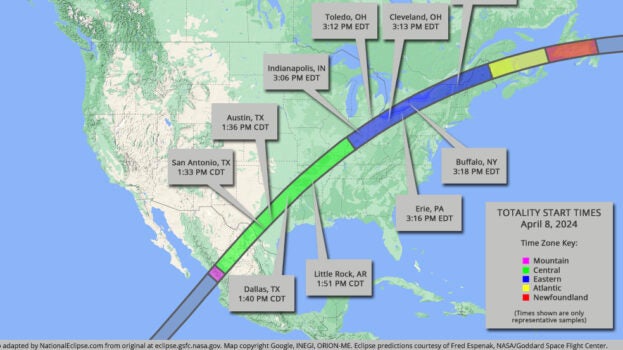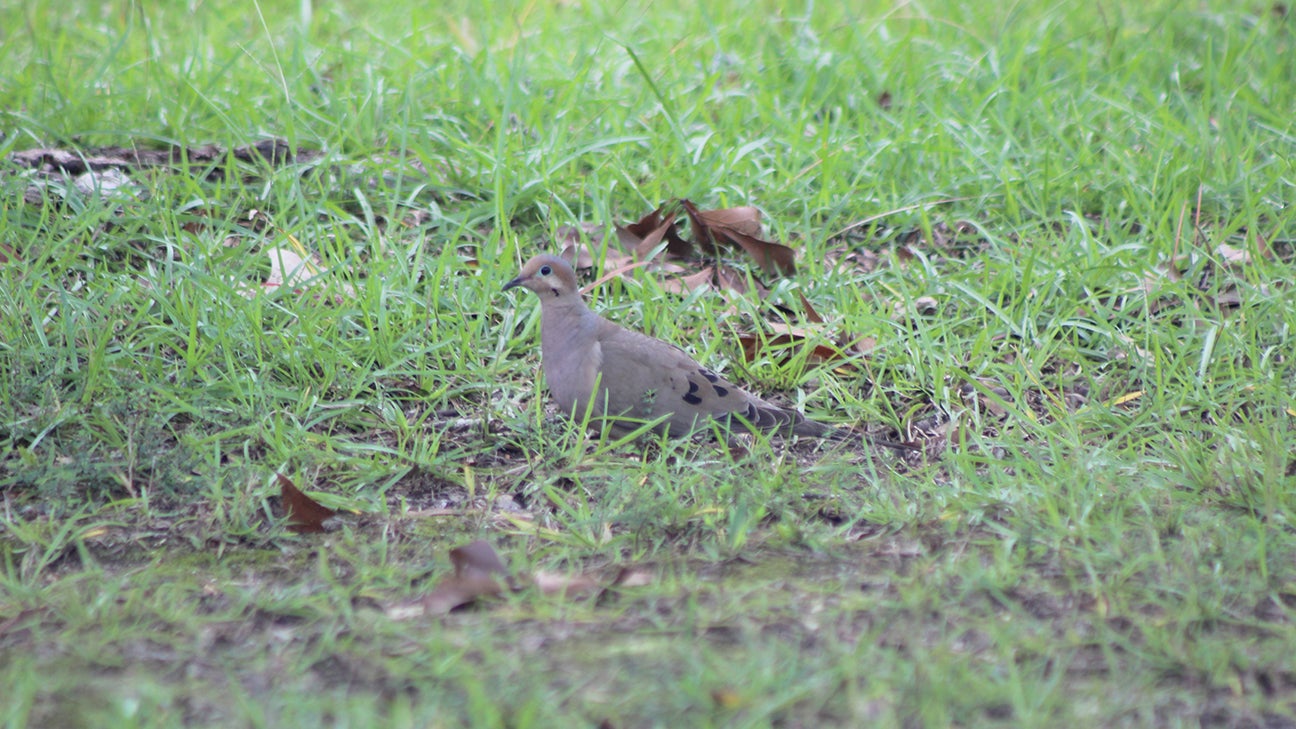Brookhaven — What to expect from the solar eclipse
Published 12:30 pm Thursday, April 4, 2024
On Monday, April 8, a total solar eclipse — known as the “Great North American Eclipse” — will make a path across 13 U.S. states. Portions of these states will experience “totality” — or complete blackout of the sun temporarily. Areas outside the path of totality will get a partial solar eclipse only.
Mississippi is not one of the states that will experience totality. Those states are Oklahoma, Arkansas, Missouri, Illinois, Kentucky, Indiana, Ohio, Pennsylvania, New York, Vermont, New Hampshire and Maine.
According to Eclipse2024.org, Mississippians will be able to see anywhere from 80 percent to 98 percent of the sun covered when the moon moves between the Earth and sun Tuesday afternoon. In Brookhaven, residents can expect to see about 89 percent of the sun covered. The partial eclipse is expected to begin at approximately 12:31 p.m., with the time of maximum coverage at 1:51 p.m.
Experts with University of Mississippi Medical Center caution that special eclipse safety glasses or viewers must be used at all times during the partial phases of a total solar eclipse in order to avoid permanent eye damage.
“If you choose to view the eclipse, please follow recommended precautions and take the information seriously,” said Dr. Kimberly Crowder, professor and Drs. Ching-Jygh and Lin Chen Chair for Excellence in Ophthalmology at the University of Mississippi Medical Center.
“Even brief amounts of exposure to ultraviolet radiation can cause permanent damage to the eyes, even blindness. Unfortunately, we saw patients with damage after the last eclipse a few years ago and, while we are always happy to have new patients, we hope to not have new patients due to the eclipse.”
“With the naked eye, there is no set rule for how long it could take,” said Dr. Khushboo Agrawal, assistant professor of ophthalmology at UMMC.
“It could be a glance, a few seconds of looking, or prolonged staring; but even with a quick glance, the UV light from the sun’s rays is so powerful that when it strikes the most light-sensitive area of your retina, permanent damage, called solar retinopathy, can result.
“It also depends on visibility, cloudiness, how much pollution is in the air – all of those affect how much UV light exposure you’ll receive. It’s also based on your own personal eye health.”
“Because the retina doesn’t have pain receptors, you won’t feel pain or discomfort while looking at the sun; but, afterward, we will see the damage to the photoreceptors – typically, right away.
“During the week after an eclipse, my colleagues and I will get phone calls from people saying, ‘I looked at the eclipse, and my vision is blurry.’”
Indirect viewing is safe, in which case, a pinhole projector or camera serves the purpose. The American Academy of Ophthalmology offers other safe-viewing tips, and where to find reputable vendors of handheld viewers and solar eclipse glasses, courtesy of the American Astronomical Society.
“Get viewers or glasses from a trusted source only,” Agrawal said.








